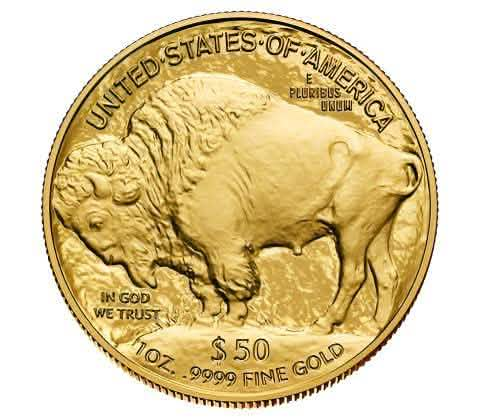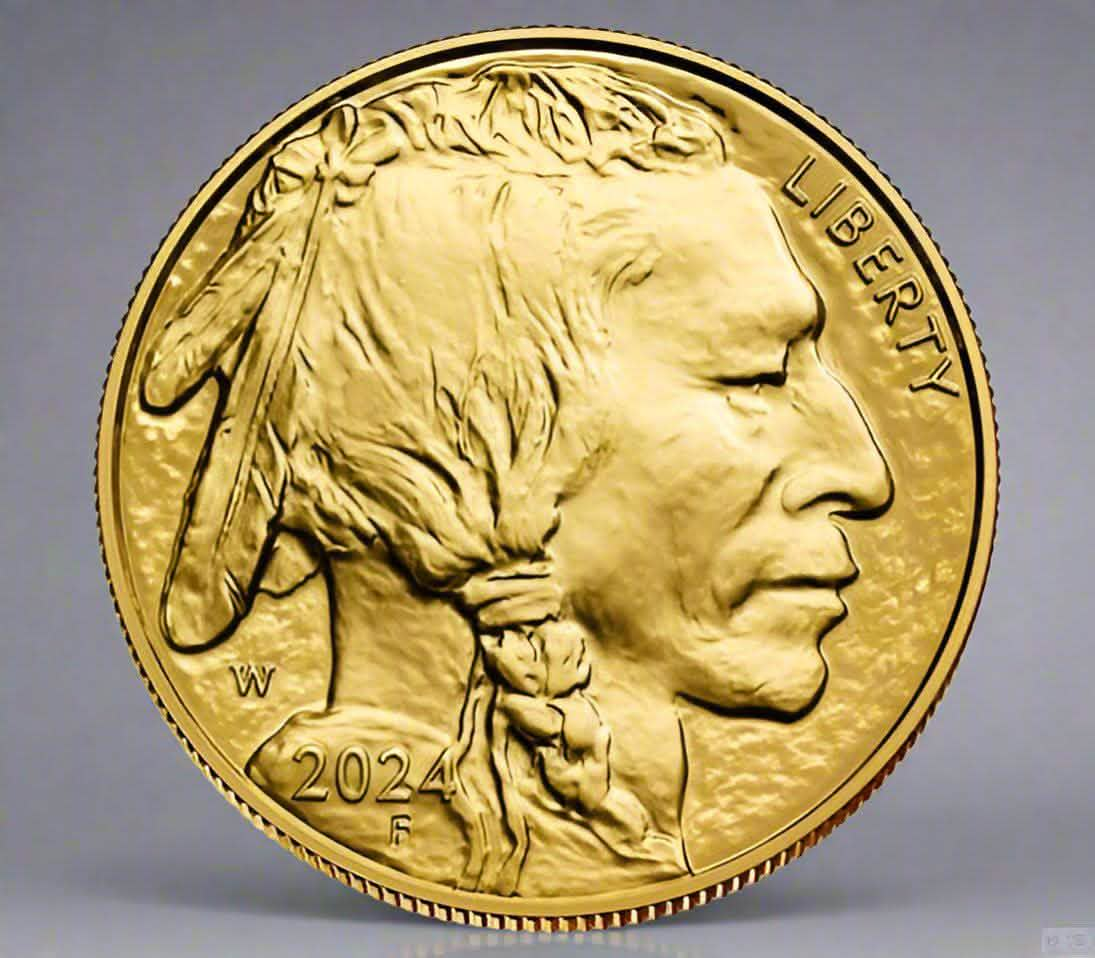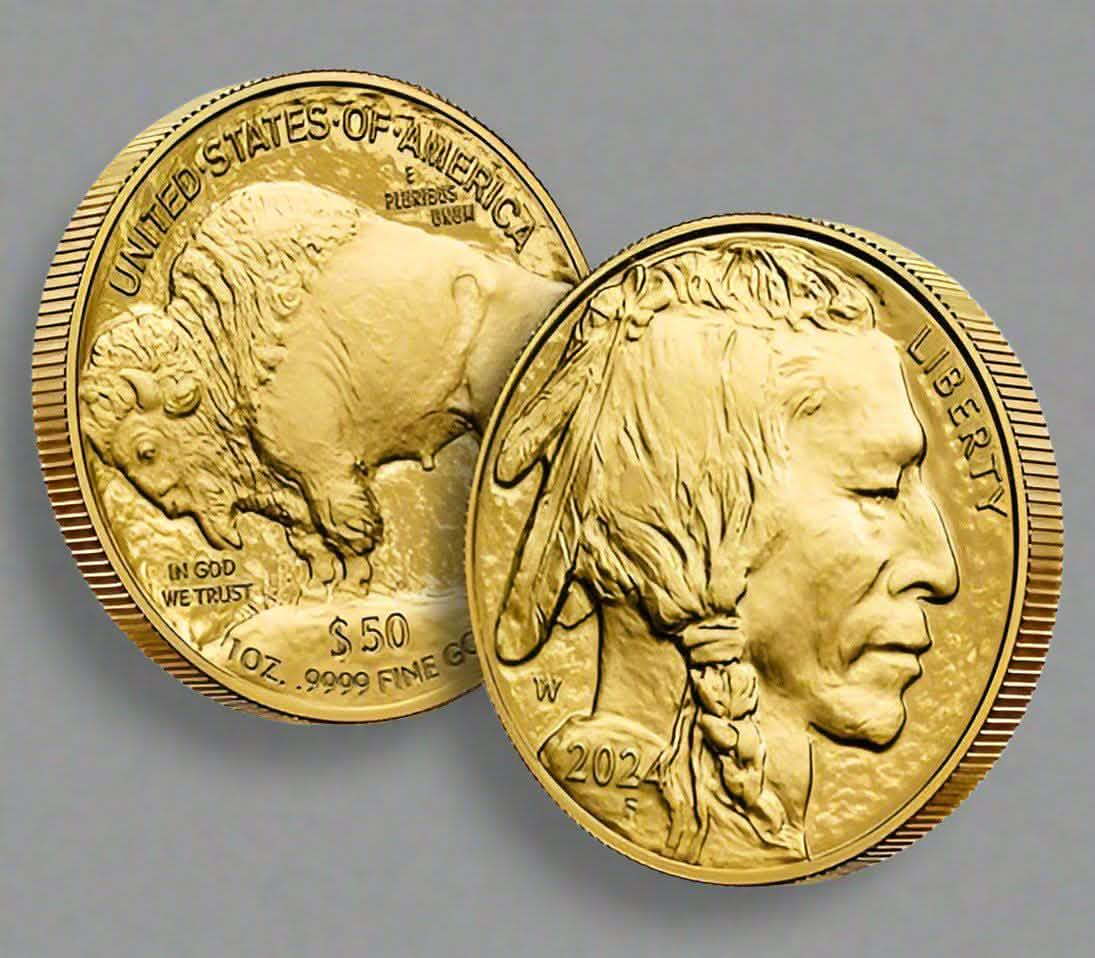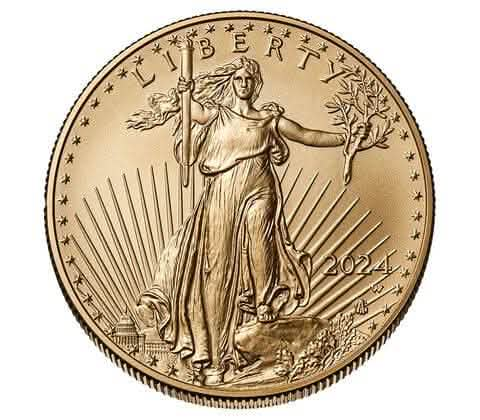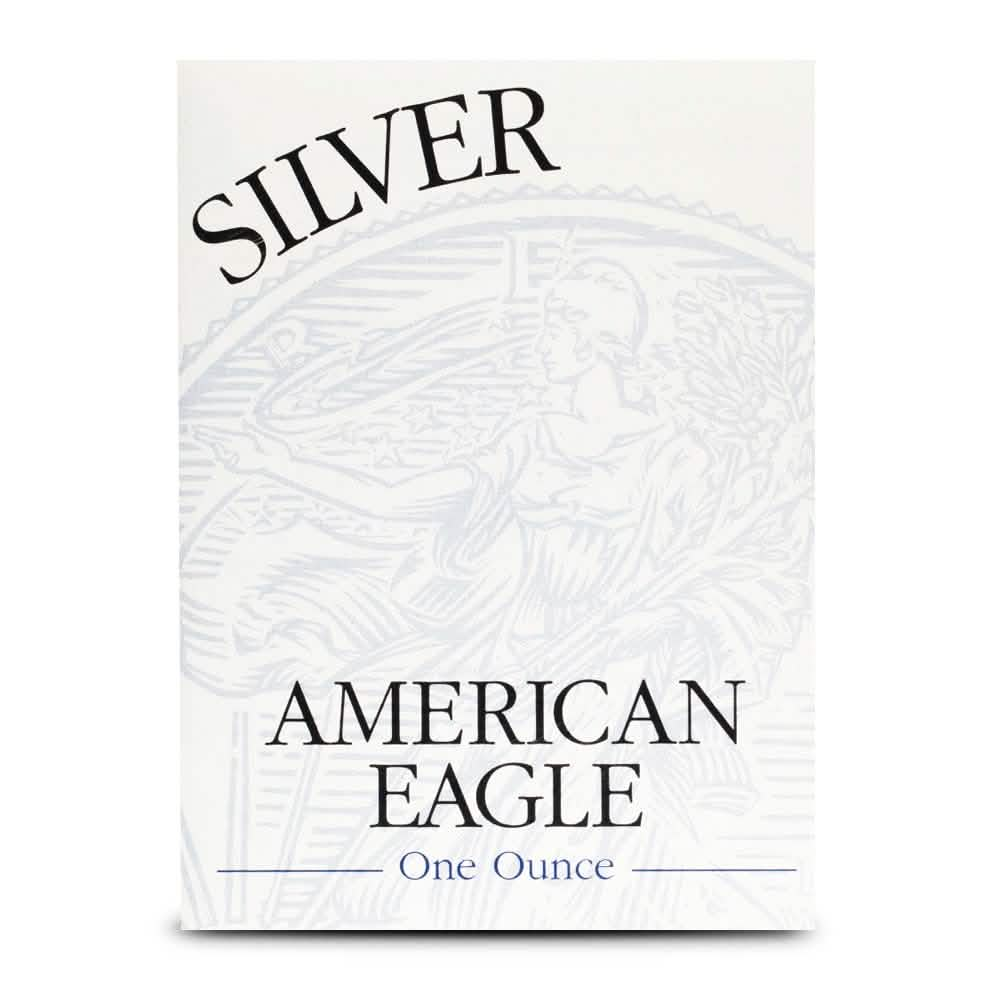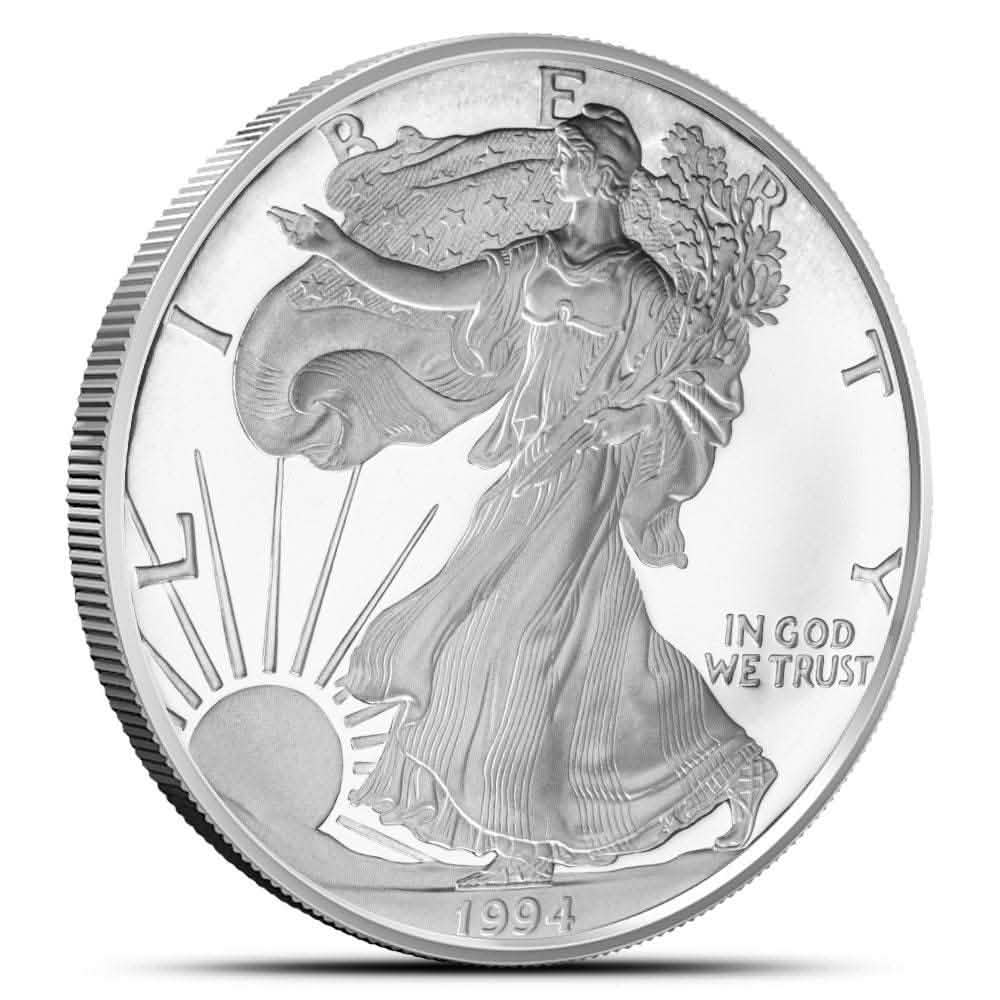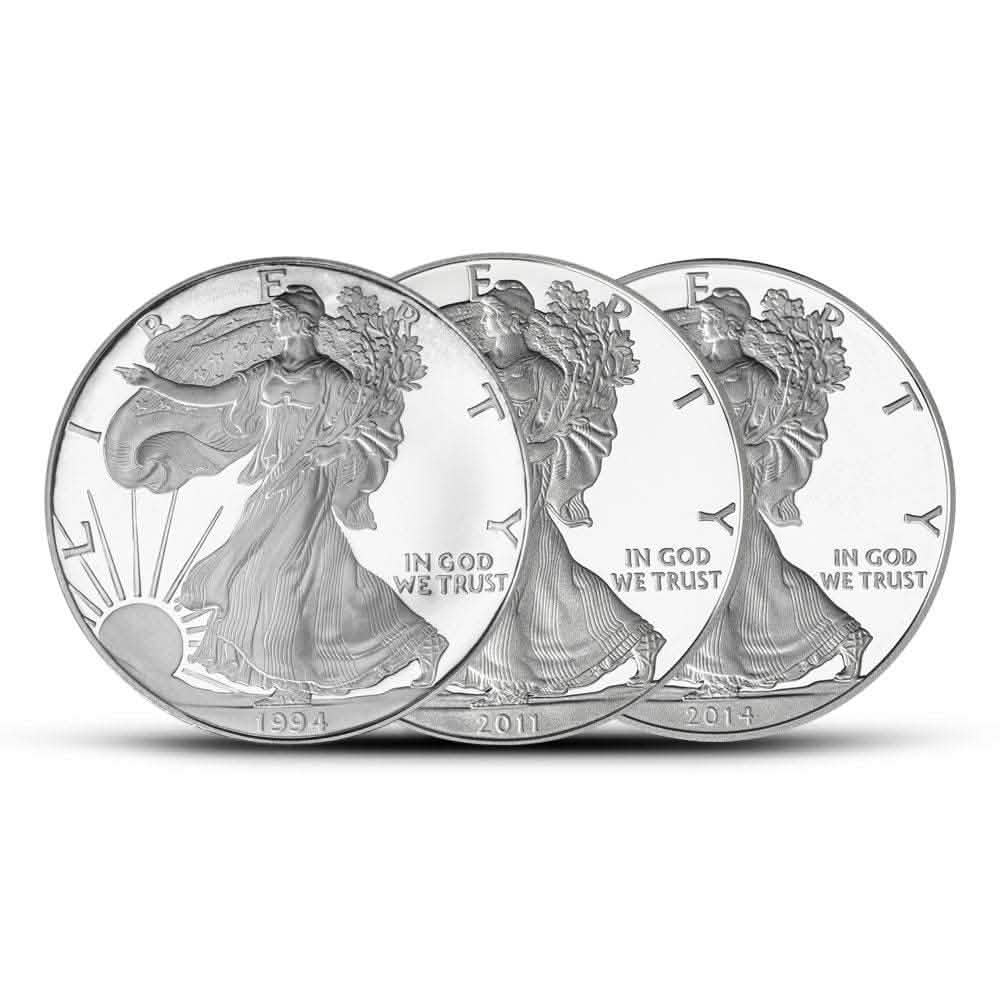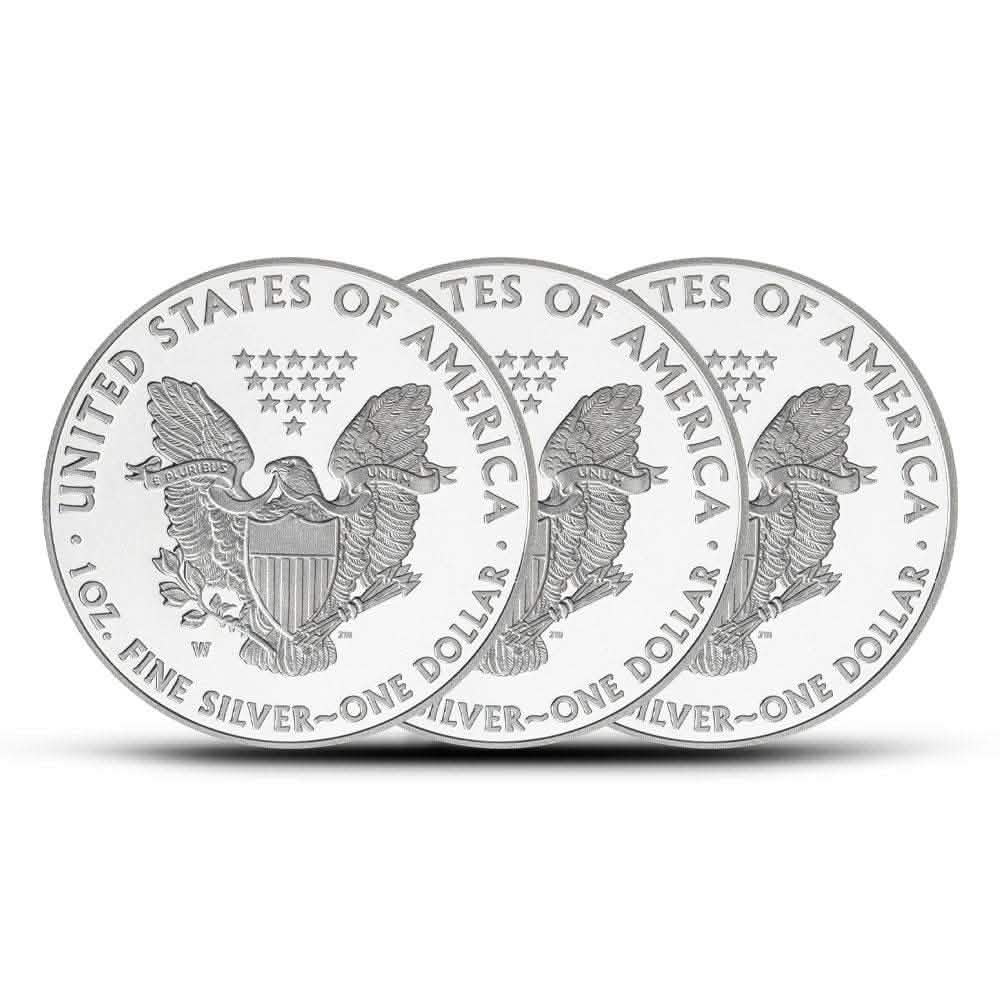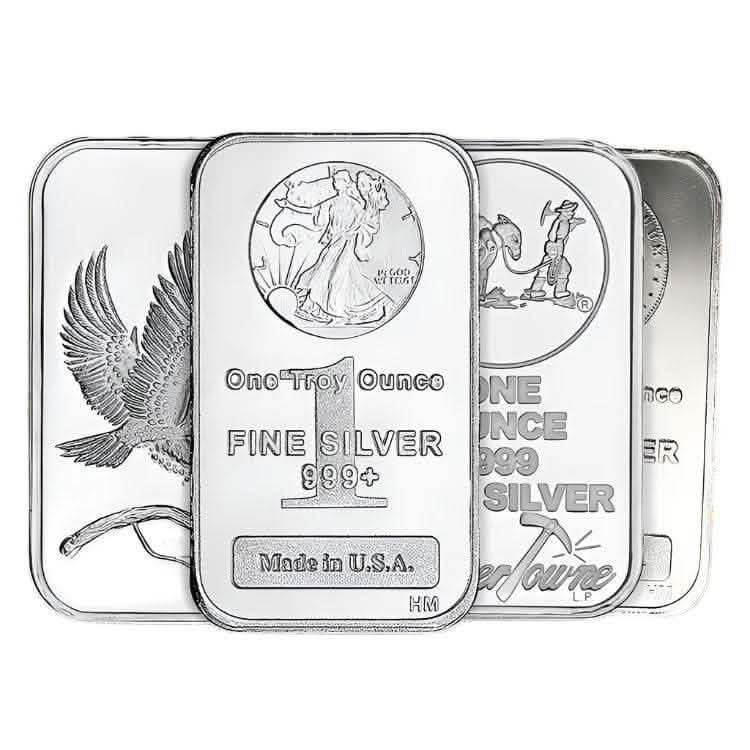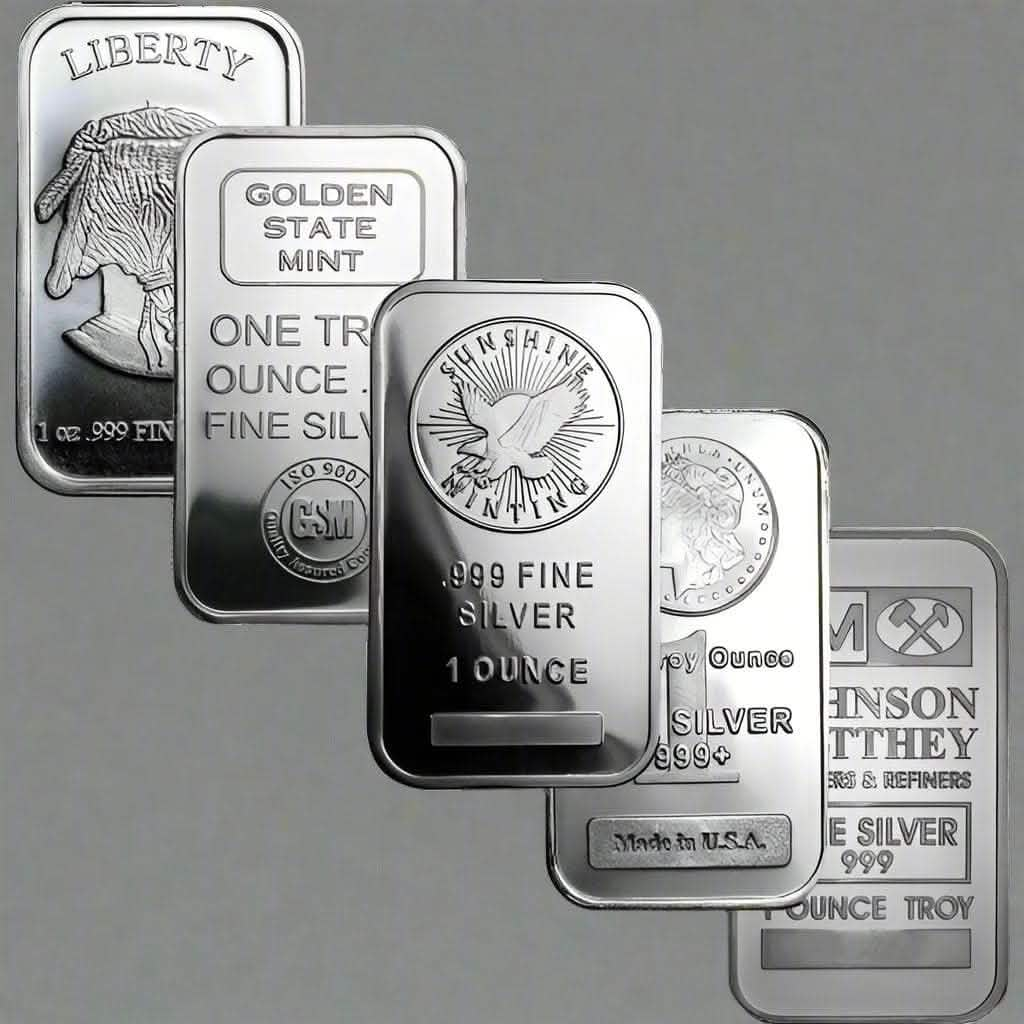How does Silver Perform in a Recession?
How does silver perform in a recession? In times of economic uncertainty, investors often seek safe havens to protect their wealth. Silver frequently emerges as a compelling option among these havens. But how does silver perform in a recession? This blog post will explore silver's historical performance during economic downturns, compare it to other investments, and offer practical advice for those considering it for their portfolios.
Understanding Silver as a Safe Haven in Economic Downturns
How does silver perform in a recession? When markets become volatile, precious metals like silver are often viewed as safe havens. This is because their value doesn't solely depend on the performance of stocks or bonds. Silver, a tangible asset with inherent value, can offer stability when other investments falter. Investors turn to silver for its historical resilience, looking at how it has weathered past financial storms.
Silver's appeal lies in its dual role as both an industrial metal and a store of value. This versatility means that even during economic slowdowns, demand may persist due to its use in various industries, from electronics to photovoltaics. In addition, the historical allure of silver as currency and a symbol of wealth contributes to its enduring reputation as a safe haven.
Yet, while silver can act as a buffer against economic downturns, understanding its performance requires examining past recessions. Only then can investors gauge its potential effectiveness in preserving wealth during difficult times.
Historical Analysis of Silver's Performance
How does silver perform in a recession? To understand how silver performs in a recession, we must examine its past behavior during similar events. Historically, silver's performance has varied, influenced by global economic conditions and geopolitical events. For instance, during the 2008 financial crisis, silver prices initially fell but then surged as investors flocked to safe-haven assets.
Following a severe recession in the 1980s, silver's value increased as inflation fears prompted investors to seek alternatives to deteriorating currencies. The silver market's reaction to economic conditions is not always predictable, but historical trends indicate a capacity to rebound as uncertainty takes hold.
The 1970s offer another example. Stagflation—a combination of stagnant economic growth and high inflation—led to increased demand for silver. During this period, investors sought shelter from currency devaluation by purchasing silver. While each recession is unique, past performances provide valuable insights into silver's potential as a protective investment.
Silver vs. Other Assets During Recessions
How does silver perform in a recession? Investors often compare silver to gold and other assets when evaluating options for economic downturns. While both silver and gold are precious metals, their market behaviors can differ significantly. Gold is typically seen as the ultimate safe-haven asset, often outperforming silver in times of crisis due to its higher value and historical standing as a monetary reserve.
However, silver offers unique advantages. It is more affordable, allowing smaller investors to partake in the precious metals market. Additionally, silver's volatility can be advantageous; its price movements, though more erratic, provide opportunities for significant gains during recovery periods.
Other common investments, such as stocks and bonds, may lose value in a recession, whereas silver can retain its worth. This comparison illustrates why many investors include both metals in their portfolios, balancing silver's potential for growth with gold's stability. Understanding these dynamics is crucial for making informed decisions about precious metals investments.
Factors Influencing Silver's Value
How does silver perform in a recession? Several factors affect silver's performance during a recession. Understanding these elements helps investors anticipate potential market movements. A primary driver is the demand-supply dynamic; limited supply can elevate prices, especially when demand surges due to economic uncertainty.
Silver's industrial applications also play a crucial role. Even during recessions, industries such as electronics and solar energy continue to require silver, sustaining its demand. This industrial use differentiates silver from gold, which relies more heavily on investment demand.
Investor sentiment profoundly influences silver's value. Fear and uncertainty drive people toward safe-haven assets, but market confidence can quickly sway silver prices. Monitoring these factors enables investors to make strategic decisions, optimizing silver's role in their portfolios.
Expert Opinions on Silver's Role in a Diversified Portfolio
How does silver perform in a recession? Financial analysts and advisors often recommend including silver in a diversified portfolio, especially during economic downturns. Experts emphasize silver's potential to mitigate risk, offering protection against inflation and currency devaluation.
According to experts, silver's dual nature as both an investment and industrial metal provides a unique hedge. Its affordability allows for flexibility, enabling investors to adjust their holdings as economic conditions evolve. While experts caution that silver alone cannot guarantee stability, its strategic inclusion can enhance a portfolio's resilience.
Consulting with financial advisors can provide personalized insights into silver's potential benefits. These professionals consider individual risk tolerance, investment goals, and market conditions when advising on precious metal allocations.
Case Studies Highlighting Silver's Performance in Recessions
How does silver perform in a recession? Specific recessionary periods offer valuable case studies of silver's performance. During the 2008 financial crisis, for example, silver demonstrated its resilience. Initially, its price dipped alongside other commodities, but as the crisis deepened, silver's safe-haven appeal boosted its value.
Another illustrative case is the 1980s recession. Inflation fears drove demand for hard assets, and silver prices surged as a result. Investors who included silver in their portfolios during this time benefitted from its price appreciation.
These examples underscore silver's potential to perform well during economic downturns. While past performance is no guarantee of future results, historical case studies offer insights into how silver can act as a stabilizing force in turbulent times.
Practical Advice for Investing in Silver
How does silver perform in a recession? For investors considering silver, practical advice can help maximize its potential benefits. First, diversification is key; while silver can enhance a portfolio, relying solely on it is risky. Combining silver with other assets, such as gold and equities, can optimize returns and minimize risk.
It is crucial to stay informed about market trends and economic indicators. Monitoring silver's supply dynamics, industrial demand, and investor sentiment can guide investment decisions. Additionally, setting clear investment goals helps align silver holdings with long-term financial objectives.
Finally, consulting with financial advisors can provide tailored strategies for incorporating silver into a portfolio. These professionals consider individual circumstances and market conditions, offering insights to enhance silver's effectiveness as an investment.
Conclusion
How does silver perform in a recession? In conclusion, silver presents a compelling option for investors seeking protection during economic downturns. Its historical performance, affordability, and dual role as an investment and industrial metal make it a valuable addition to diversified portfolios. By understanding the factors that influence silver's value and consulting with experts, investors can strategically incorporate this precious metal into their strategies.
Silver's potential as a recession-resistant asset lies in its ability to preserve wealth and offer stability when other investments falter. For those interested in exploring further, engaging with financial advisors and accessing resources on silver investing can provide additional insights and guidance.
